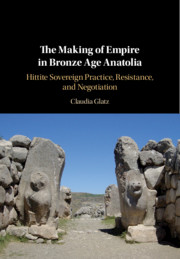This article presents a synthetic précis of enclosed and unenclosed settlement in Aberdeenshire over an extended period of study encompassing the later prehistoric and early medieval periods (1800 bc–ad 1000) where the perceived boundary between prehistory and history is of limited significance. The results will then be placed in a wider Scottish context, with a brief discussion of the changing nature of enclosure within the study area.
A recent upsurge in research, development, and survey work has, in particular, drawn renewed attention to a discrete cluster of around 20 hillforts in the Strathdon area, which lie well beyond Cunliffe's Hillfort Dominated Zones. In general, the settlement record is predominantly unenclosed but, in the first half of the 1st millennium bc the Strathdon area appears to reflect wider UK trends: there are relatively few hillforts and they appear to be aimed at communal gatherings. Their direct use in conflict appears to have been rare and their ‘defences’ perhaps marked a neutral zone rather than fortification. A putative increase in the volume of agricultural surplus may have led to increased social competition and eventually conflict. After c. 500 bc a variety of local factors influence hillfort design and there is an increase in their number and variability, before the emergence of a single dominant form from Northern Fife to Inverness, and then an abandonment of enclosure until the early medieval period. The current evidence indicates that hillforts were abandoned before the Roman incursions, perhaps by several hundred years and, while they may have been re-occupied, there is as yet no evidence for refortification. In contrast during the early medieval period hillforts appear to have been more actively used in both settlement and conflict. They may relate to a period of expansion amongst local competing polities and the cessation of their construction in the 7th century ad may be connected with the emergence of larger regional power structures.


